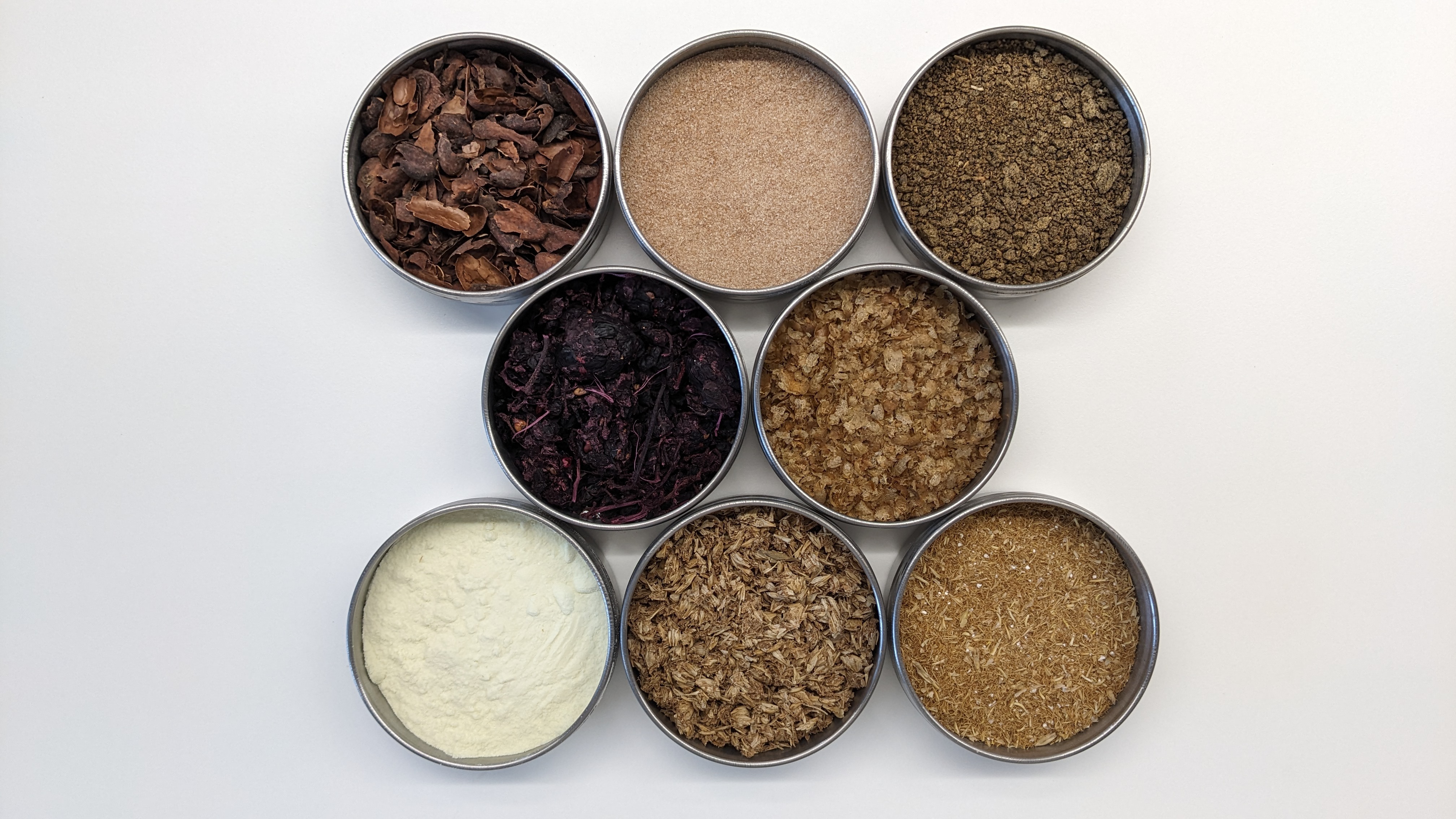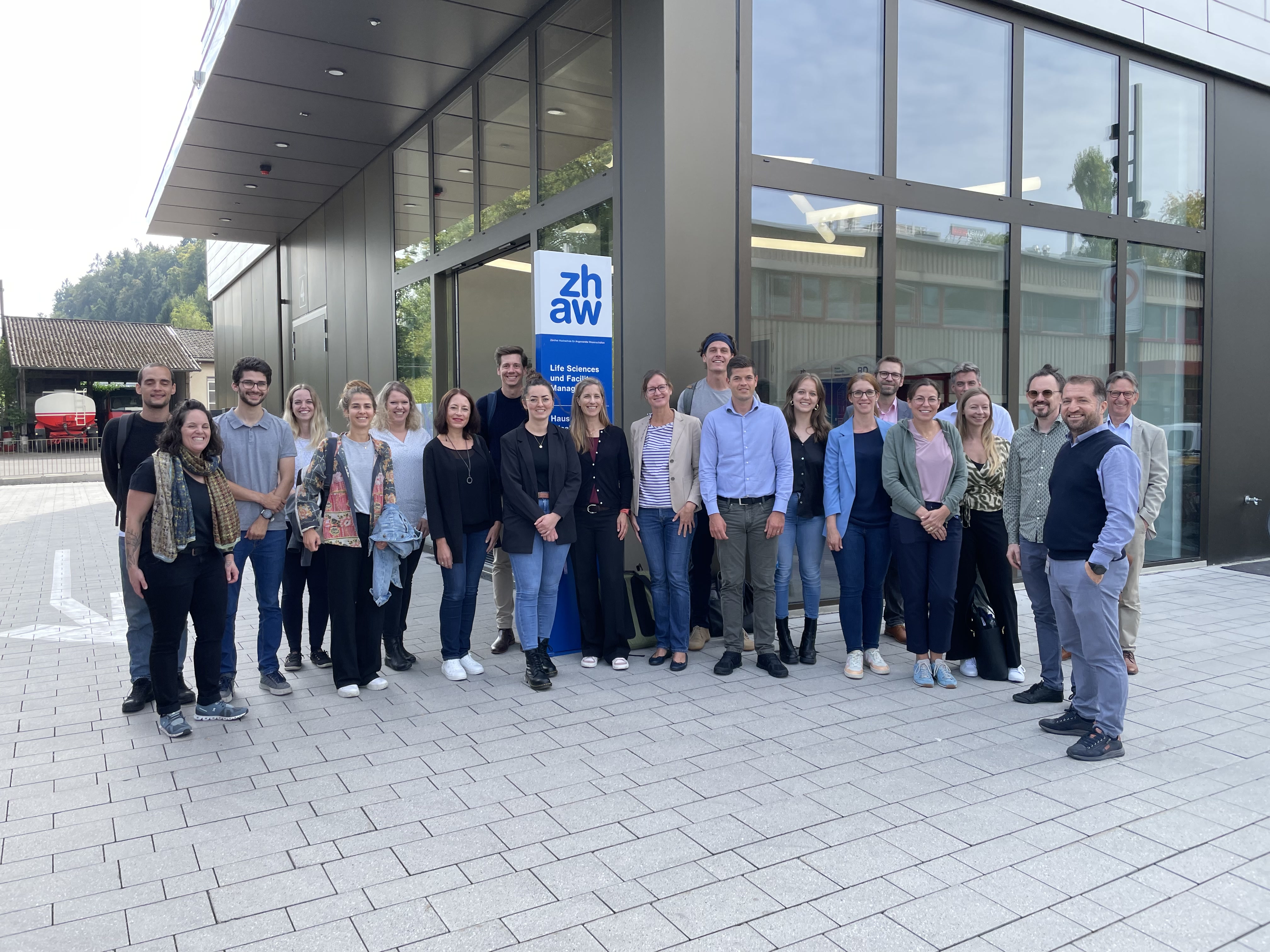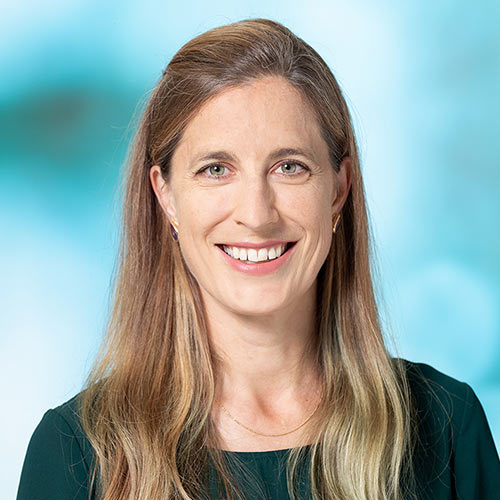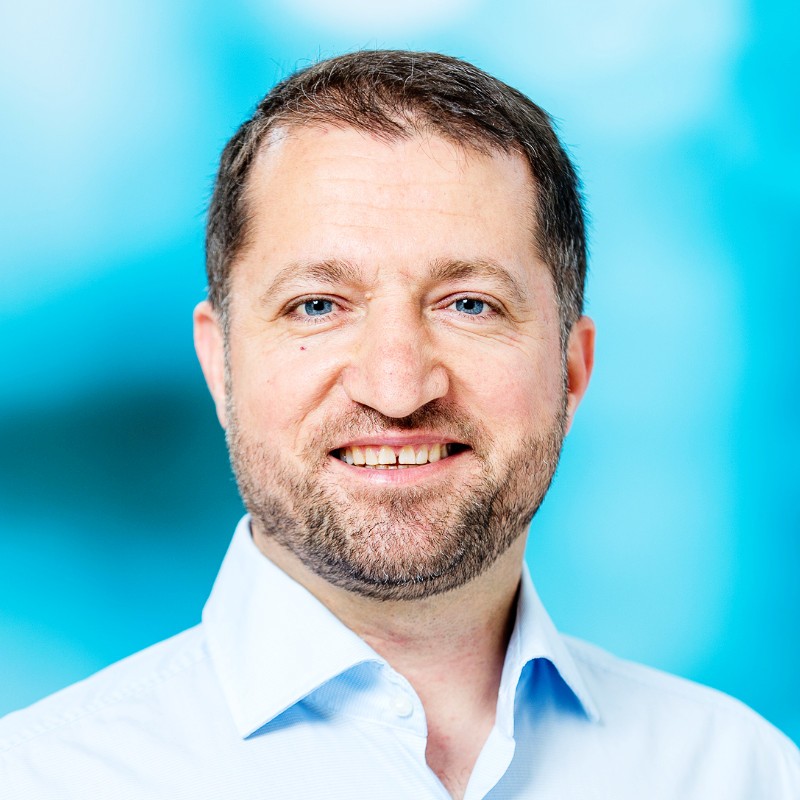ZHAW
Nadina Müller and Selcuk Yildirim are professors at the Institute for Food and Beverage Innovation at ZHAW. Together they lead the project, where the potential of side streams of the agri-food industry for the development of food and packaging products is demonstrated.
AVINA supports Nadina Müller and Selcuk Yilidrim to technologically as well as nutritionally evaluate many different side streams and finally to find application in the food respectively packaging industry.
Nadina Müller and Selcuk Yildirim give us an insight into their research, explain how the impact of using a side stream can be measured and clarify potential follow-up research topics that could build on the evaluation of their various side streams.
Please describe the VALorisation of Swiss Agri-Food Side Streams (VALISS) project in a maximum of 5 sentences.
Food waste is a topic of concern worldwide as substantial amount of food is lost along the food value chain, thereof 35% during food manufacturing. Today the side streams of food processing industry in Switzerland are mainly used for low value applications such as animal feed, biogas or compost production or is incinerated. Examples of side streams are starch based tuber, potato peel waste; grain based feed stocks, spent grain, milling bran; oilseeds, sunflower & rapeseed press cake; vegetable and fruit processing, apple pomace, grape pomace; meat processing, chicken feather, egg shells, gelatin; dairy processing, whey protein; others, used cooking oil, spent coffee grounds, cocoa bean husk or coffee bean husks. Within this project, in-depth know-how on the side streams occurring in the food processing industry including their detailed chemical, physical and techno-functional characteristics will be studied and processes will be developed to valorize the side streams into valuable food and packaging products. The findings on the potential utilization of the side streams and their building blocks for food and packaging applications, including added value, resulting impact on environment, potential challenges as well as economic potential and necessary steps on food law side (e.g., novel food applications) will be disseminated to the public in order to generate maximum impact of the research findings.

Can the impact of using such a bypass be measured? And if so, how?
Using a side stream to produce food or packaging always leads to a product that can substitute an existing product. This means that the environmental impacts as well as the social and economical costs of producing the substituted product can be avoided in future. From this benefit the additional impacts of processing the side stream and converting it into the new product have to be deduced as well as the benefits of the present use of the side stream. As an example, if 1 ton of buttermilk is valorized from feed to human food, we assume that an amount of milk with the same nutritional value as 1 ton of buttermilk can be substituted, so the environmental impacts of milk production can be reduced. However, the buttermilk fed to livestock before the innovation has to be substituted by other, plant- based feed, so the impacts of producing more feed have to be deduced from the savings, as well as the additional impacts of producing, transporting and storing the new buttermilk product from the raw material of the side stream. In most cases, the benefits of valorizing the side stream are much higher than the additional impacts.
What would be the ideal output of the project for you?
We envisage a decision tree how to process different categories of side streams considering both value-adding and challenging components that will allow food producers to maximise the use of the side streams for either food or packaging applications. In addition exemplary product prototypes will be developed that will act as lighthouse solutions to showcase the possibilities of side stream valorisation. Lastly, we envisage the potential of follow up projects based on project VALISS to develop market ready food and packaging solutions.
What are potential follow-up research topics that could build on your assessment of the various tributaries of the agri-food industry?
The results of the project will build a strong basis for product development and hence, applied research questions to bring solutions to market readiness will be in the focus. Furthermore, based on the current state of the project, one additional research cluster might arise around decontamination of side streams as several of the investigated side streams contain critical components such as e.g. mycotoxins, pesticides or processing contaminants. Further, questions around the optimal design of specific, currently unavailable processing technologies such as the economic drying of powdery or pasty raw materials will need to be tackled as these solutions would make a circular use of food economically more attractive.
To what extent is the collaboration with AVINA of particular value to you?
Avina provides a unique type of project funding as it is their explicit wish to fund projects from which several partners profit, hence allowing us to build the necessary basis for side stream utilization in a pre-competitive manner. In addition, their active participation in project meetings is a pleasure. Lastly, we experience Avina to be open to discuss project adaptations upon reasonable request which brings the necessary flexibility to do research in a most efficient manner.


